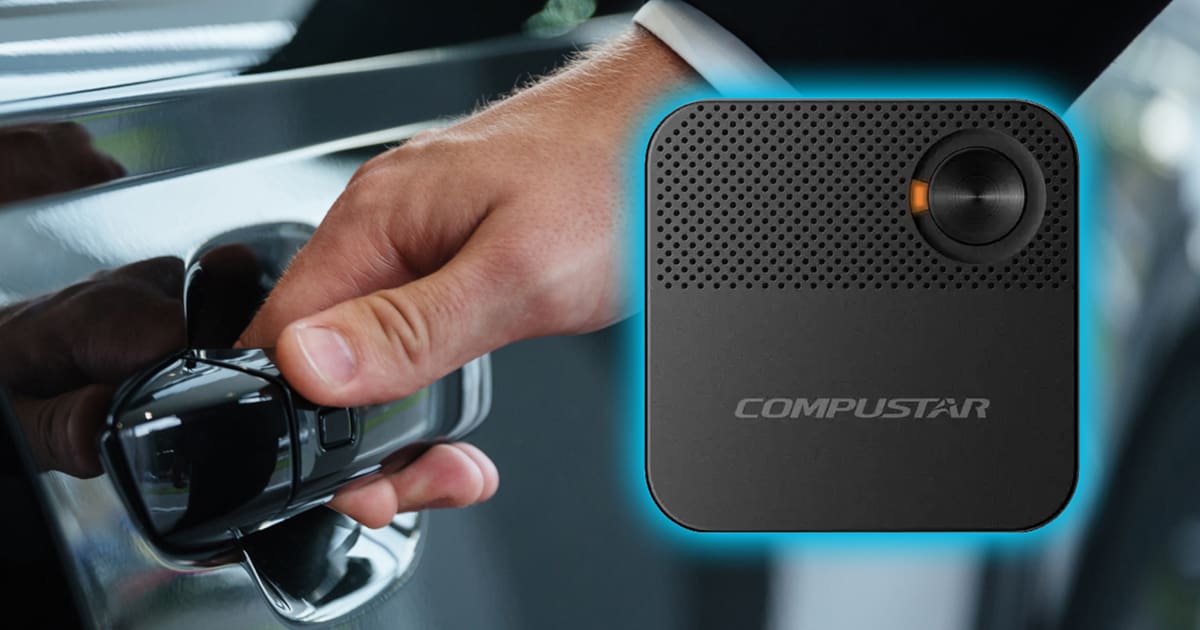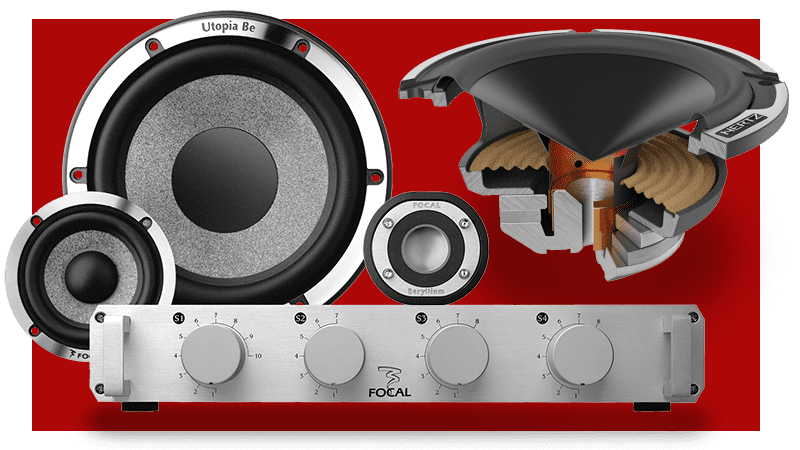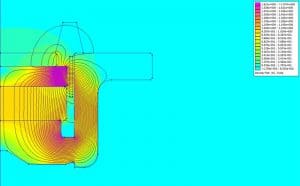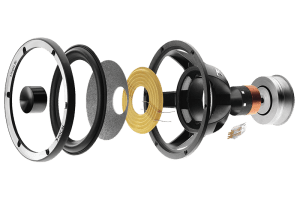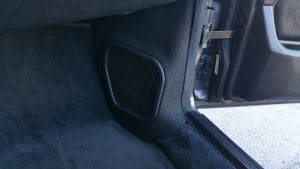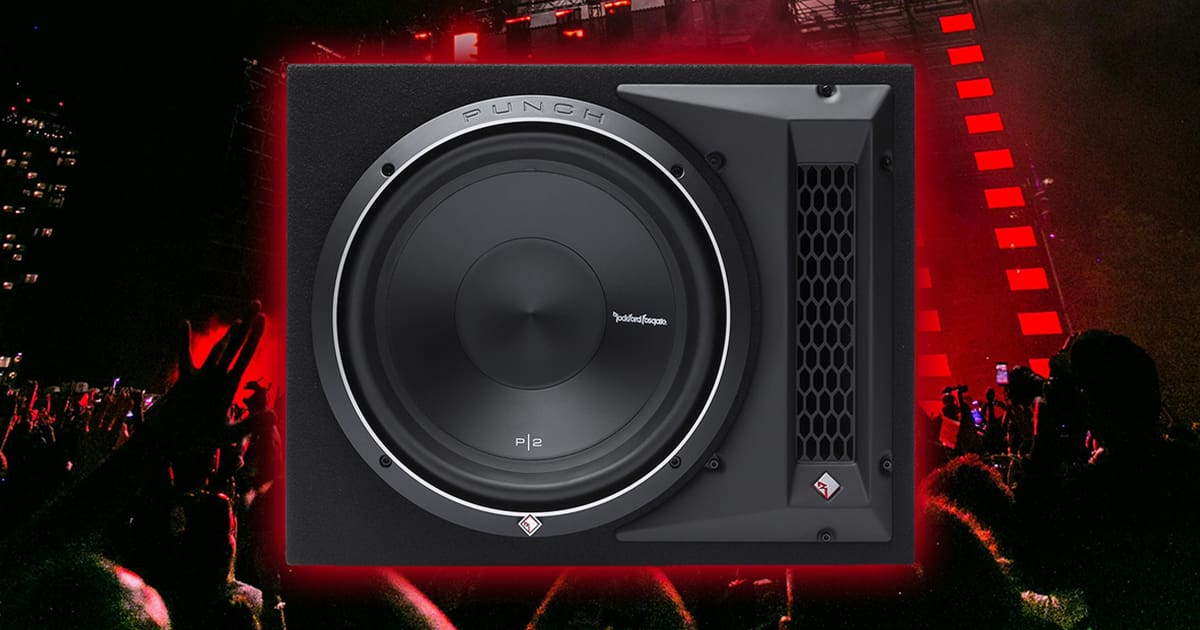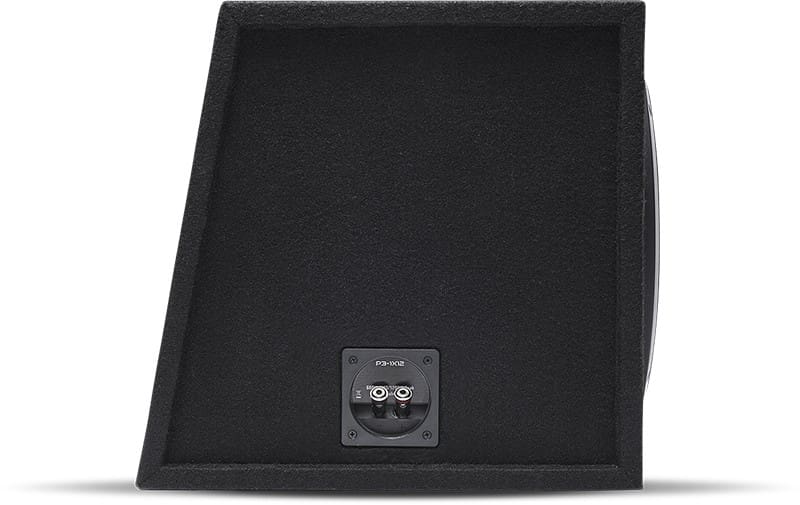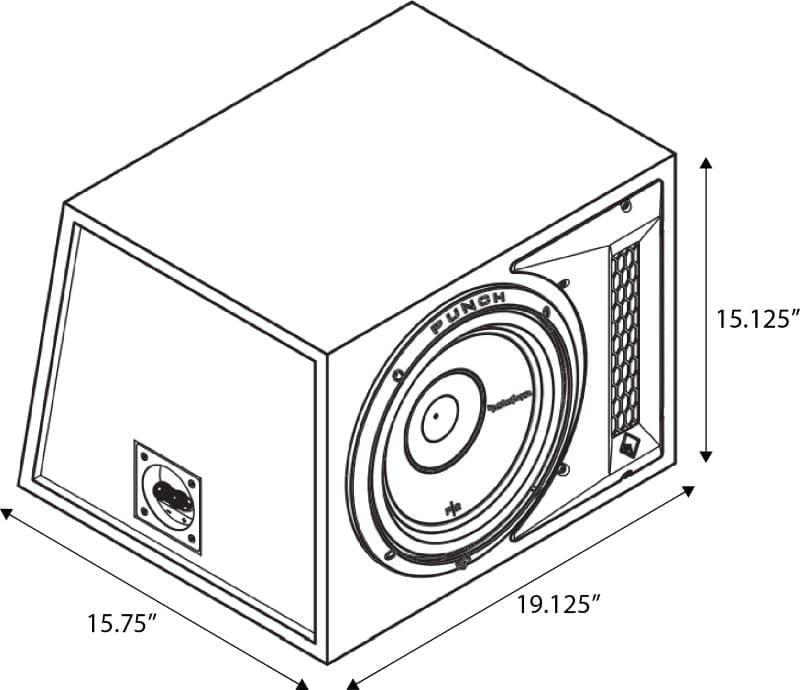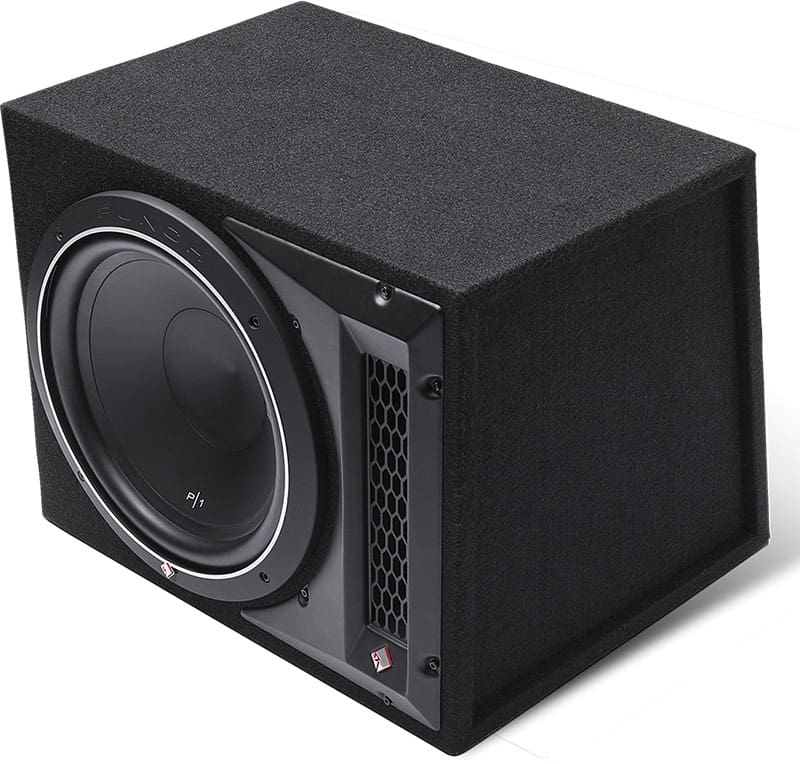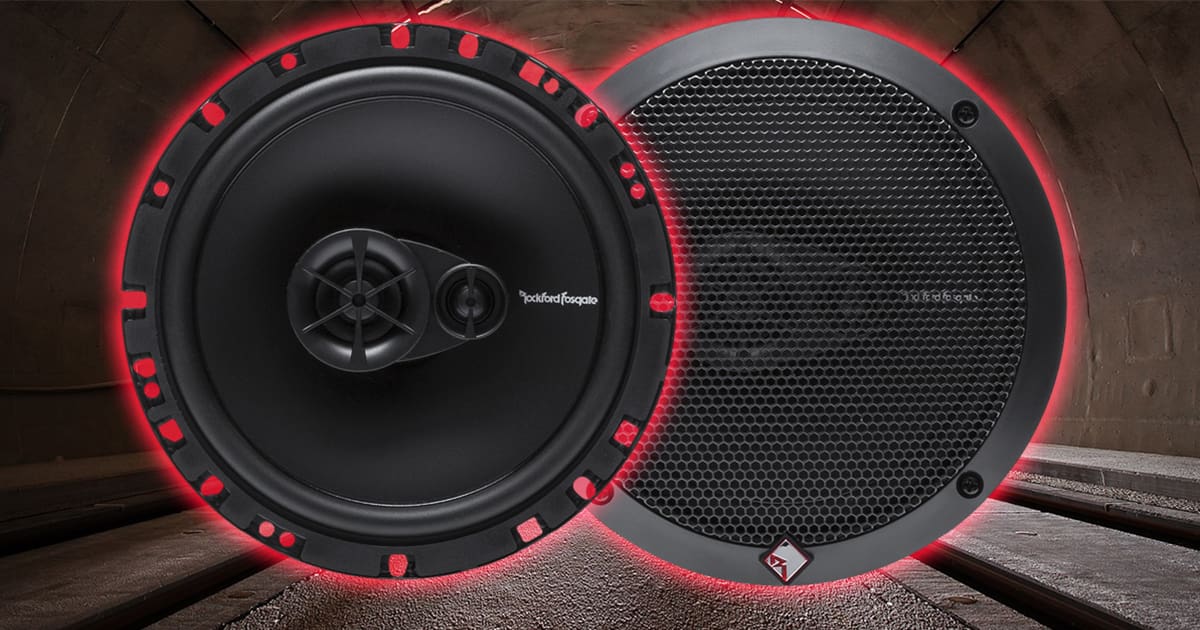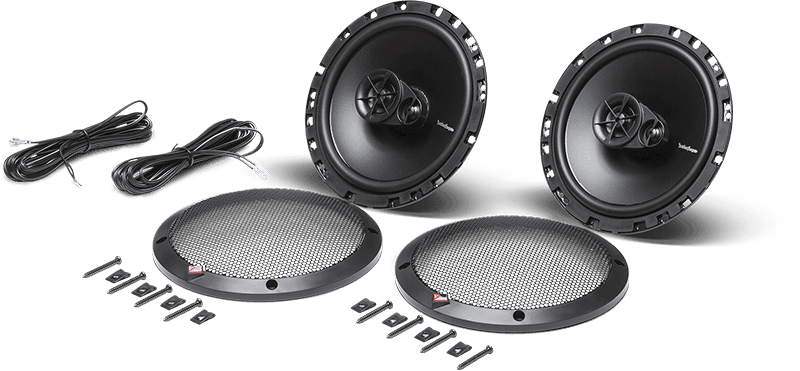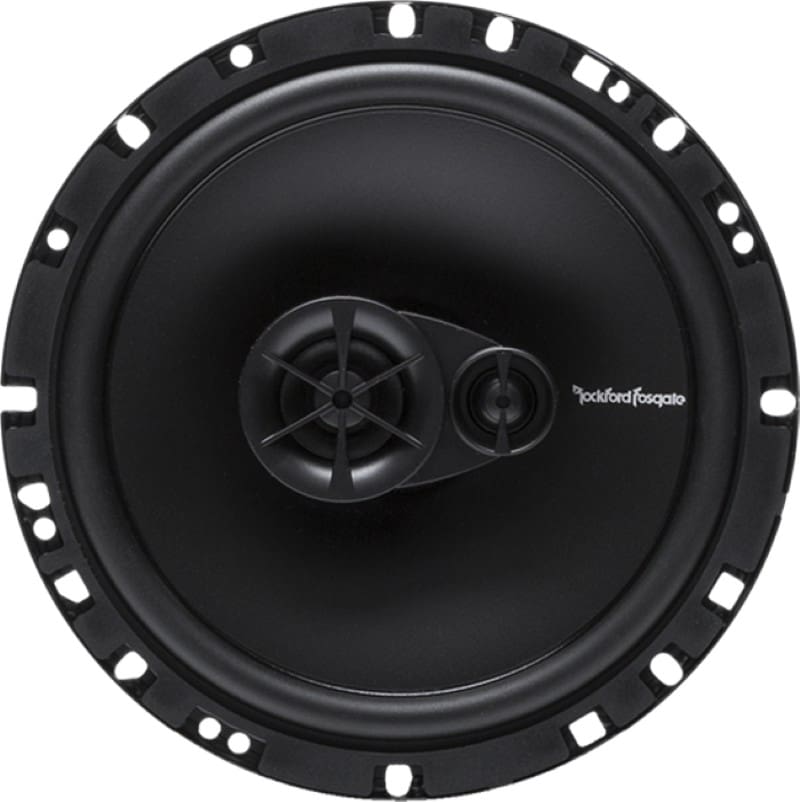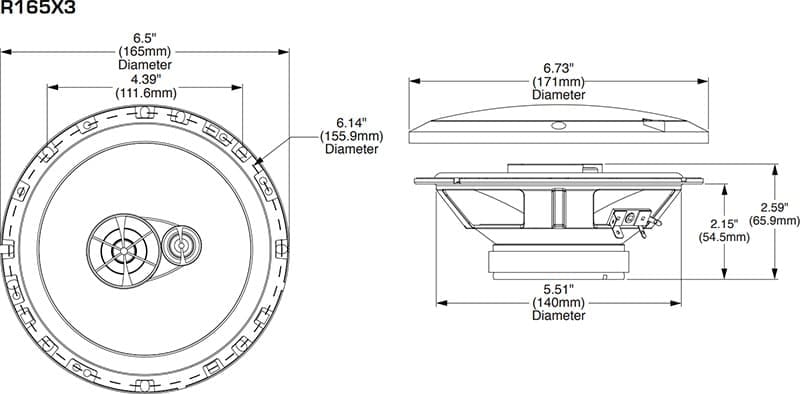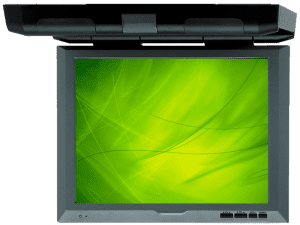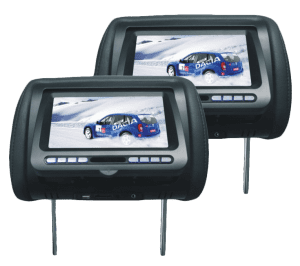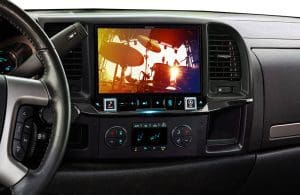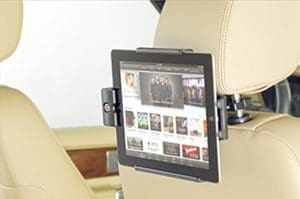Hands-free proximity unlocking is a feature found on many new cars and trucks fresh off the showroom floor. The Compustar EZGO-II adds this convenience to your remote car starter or security system. Let’s take a close look at this unique keyless entry solution.
What are Keyless Entry and Proximity Unlocking?
A typical keyless entry system uses a key fob to unlock the doors of your car or truck. The key fob communicates with the electronics in the vehicle using radio frequency signals. In most cases, you need to press the unlock button on the fob to disarm the security system and unlock the doors. This keyless entry technology was a major upgrade from manually inserting a key into a door lock, as was common in the ’90s.
Compustar developed a fully hands-free unlocking solution when it launched the Compustar PRO T13 and R5 remote controls for its starters and alarms in 2021. That same technology is now available in the EZGO-II proximity unlocking system.
Proximity unlocking refers to the automated process of unlocking the doors of your car or truck as you approach the vehicle. As we found when testing the T13 and R5 remotes, when you are about four or five feet from the door, the system will automatically detect the remote in your pocket and unlock the vehicle. In most cases, the tailgate of an SUV or truck will also unlock to provide full access to the vehicle.
Once the last door is closed, the system will search for the EZGO-II remote. When it doesn’t detect the remote, it automatically locks the doors. If you remain around the vehicle for five minutes or more after turning off the engine, the proximity locking feature is disabled until a door is opened or the vehicle is started.

The EZGO-II Remote
The EZGO-II system includes a small antenna and a compact, square remote with a single button. In terms of features, it’s surprisingly similar to the T5 remote we mentioned earlier. First and foremost, the remote will automatically unlock your vehicle as you approach. This is a godsend if you are carrying groceries or have one of your kids in your arms. Sure, you still have to pull the door handle to open it, but that’s always been the case.
Next, the remote’s single button allows you to lock or unlock the doors from up to 150 feet away from the vehicle. A single tap sends a lock command, and double-tapping the button sends the unlock command.
Finally, if you hold the button for 2.5 seconds, the remote will transmit a start command to your car starter. Pressing and holding the button again for 2.5 seconds will transmit a stop command. So, if you are in your home and the vehicle is in the driveway, the EZGO-II remote provides enough range to start the vehicle remotely.
The EZGO-II remote has a small LED that indicates when it is within range of the remote car starter or security system controller.
If you need additional range, then upgrading your car starter or security system with the Drone smartphone-based control system is a perfect solution. So long as you have access to the Internet, you can lock, unlock or remote start the vehicle. With a premium service plan, you can also use GPS-based tracking to monitor the vehicle’s location and how it’s being used.
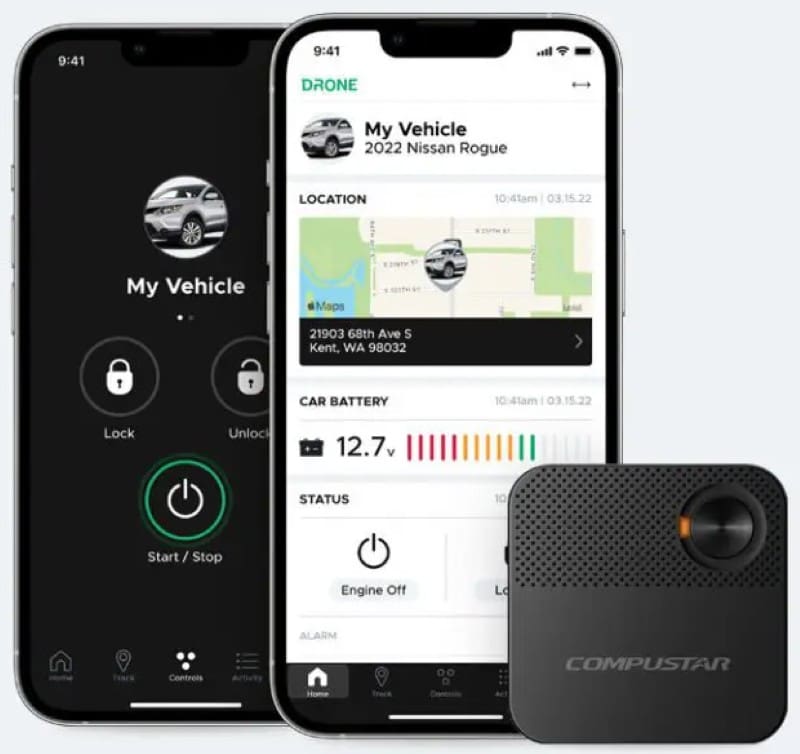
How Does Proximity Unlocking Work?
If you are like us, then knowing how something works is as interesting as the features it offers. The EZGO-II system uses a communication system called Bluetooth Low Energy, or Bluetooth LE. The key fob transmits a low-power signal that can be picked up by the EZGO-II antenna mounted to the dash. If the signal matches the security pattern, the antenna sends a digital command to the remote start or security system controller in the vehicle. That module then sends an unlock command to the vehicle’s door locks or, in some cases, the body control module (BCM).
When you close the last door, the antenna starts communicating with the EZGO-II remote again. Once the communication stops, as would happen when you walk away from the vehicle, the antenna sends a lock command to the controller.
Bluetooth LE was designed specifically for applications like what we’ve described above. These systems can consume as little as one microamp of current when in standby mode. As such, a typical CR2032 coin cell can last for more than a year. Even when communicating, the current draw is well under five milliamps. This communication is brief, however – lasting only as long as the remote is near the vehicle and the engine isn’t running. Put another way, the remote only consumes relatively high amounts of current while you are approaching or walking away from your car or truck. Honestly, that’s pretty cool!
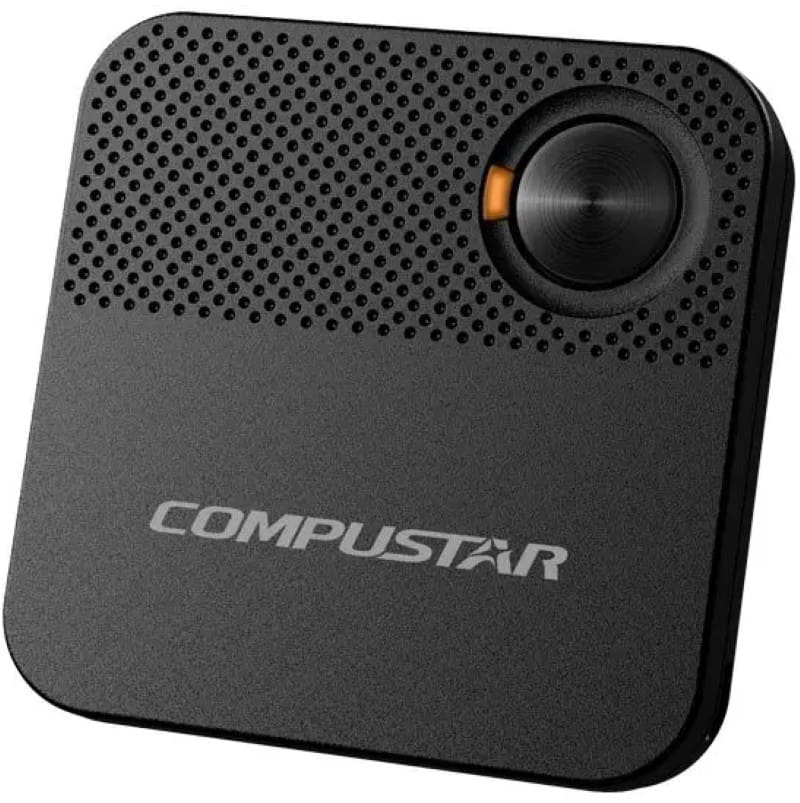
Upgrade Your Convenience System Today
If you have a Compustar, NuStart, or FTX-branded remote car starter, the EZGO-II should be a compatible upgrade. Your Firstech (the parent company of the above brands) retailer can provide up to two additional remotes—whether they’re the EZGO-II or a more conventional one-button or four-button unit.
If you want to unlock your car, truck or SUV by simply walking up to it, you can find an authorized Compustar retailer near you using the dealer locator tool on their website. Be sure to follow Compustar on Facebook, Instagram and, of course, YouTube to stay up to date with all the new products and technologies available from this award-winning company.
This article is written and produced by the team at www.BestCarAudio.com. Reproduction or use of any kind is prohibited without the express written permission of 1sixty8 media.
